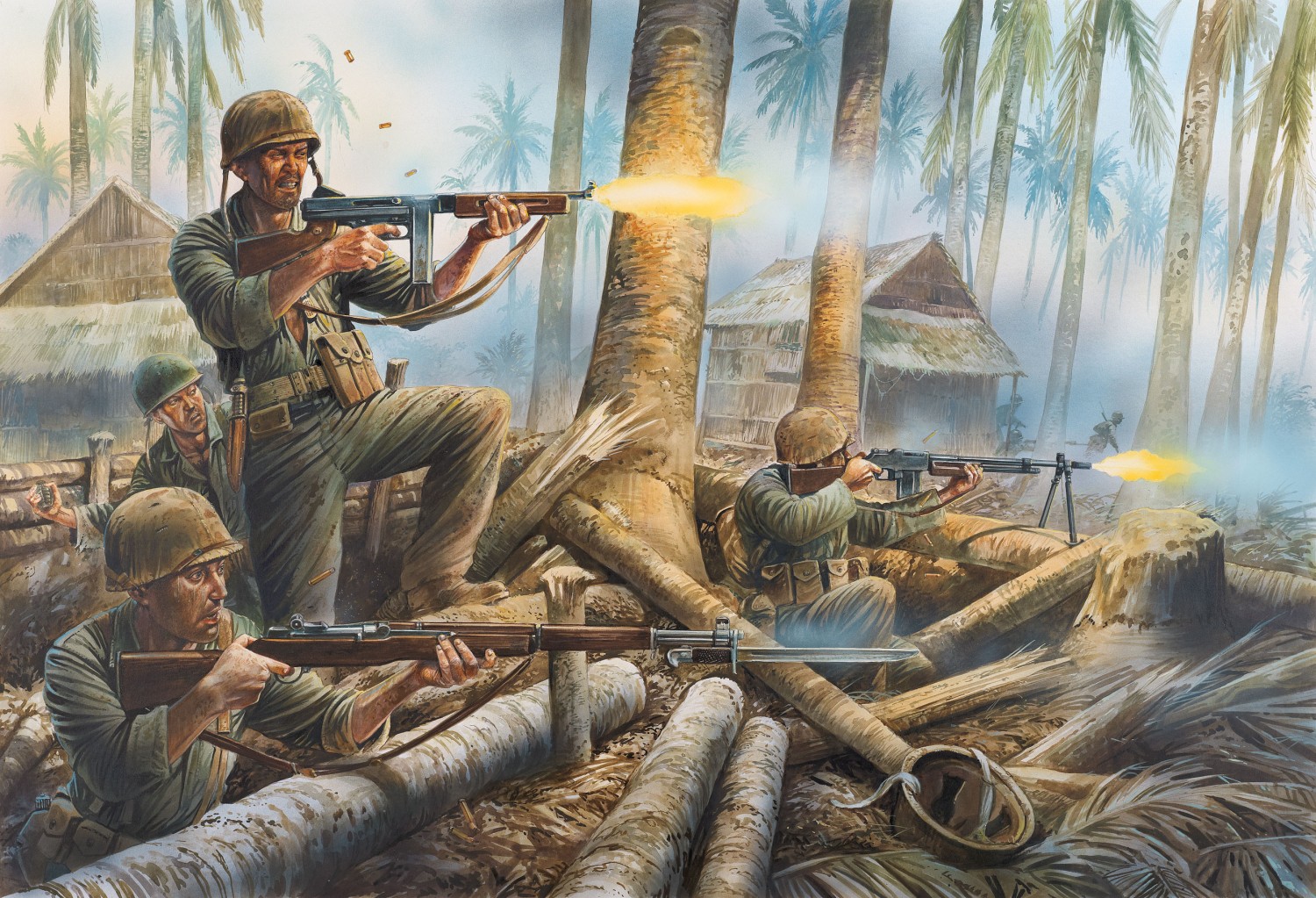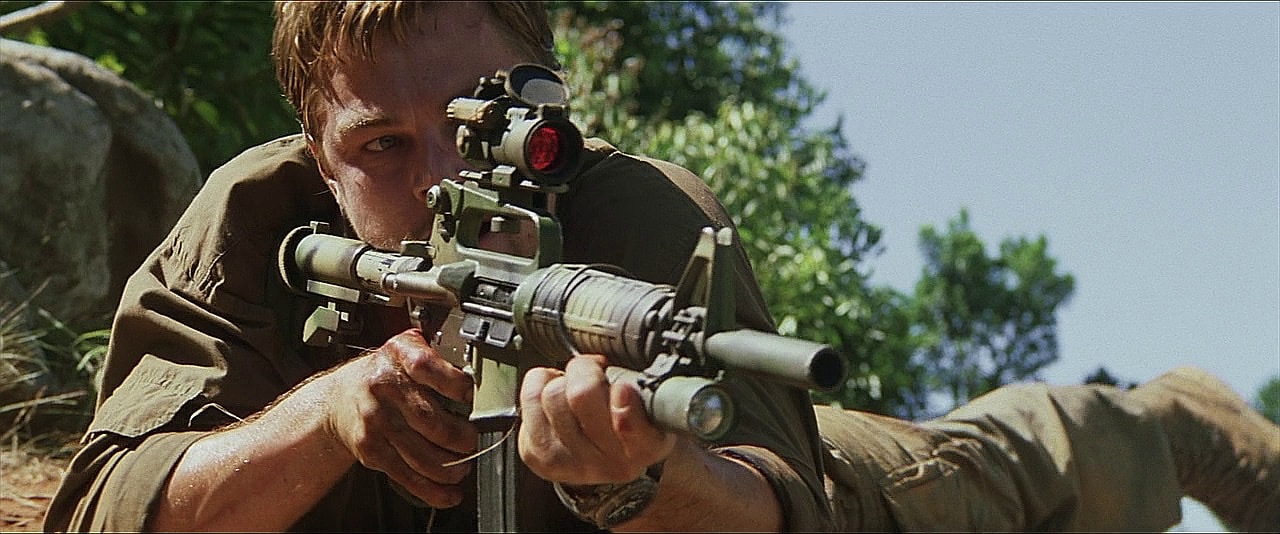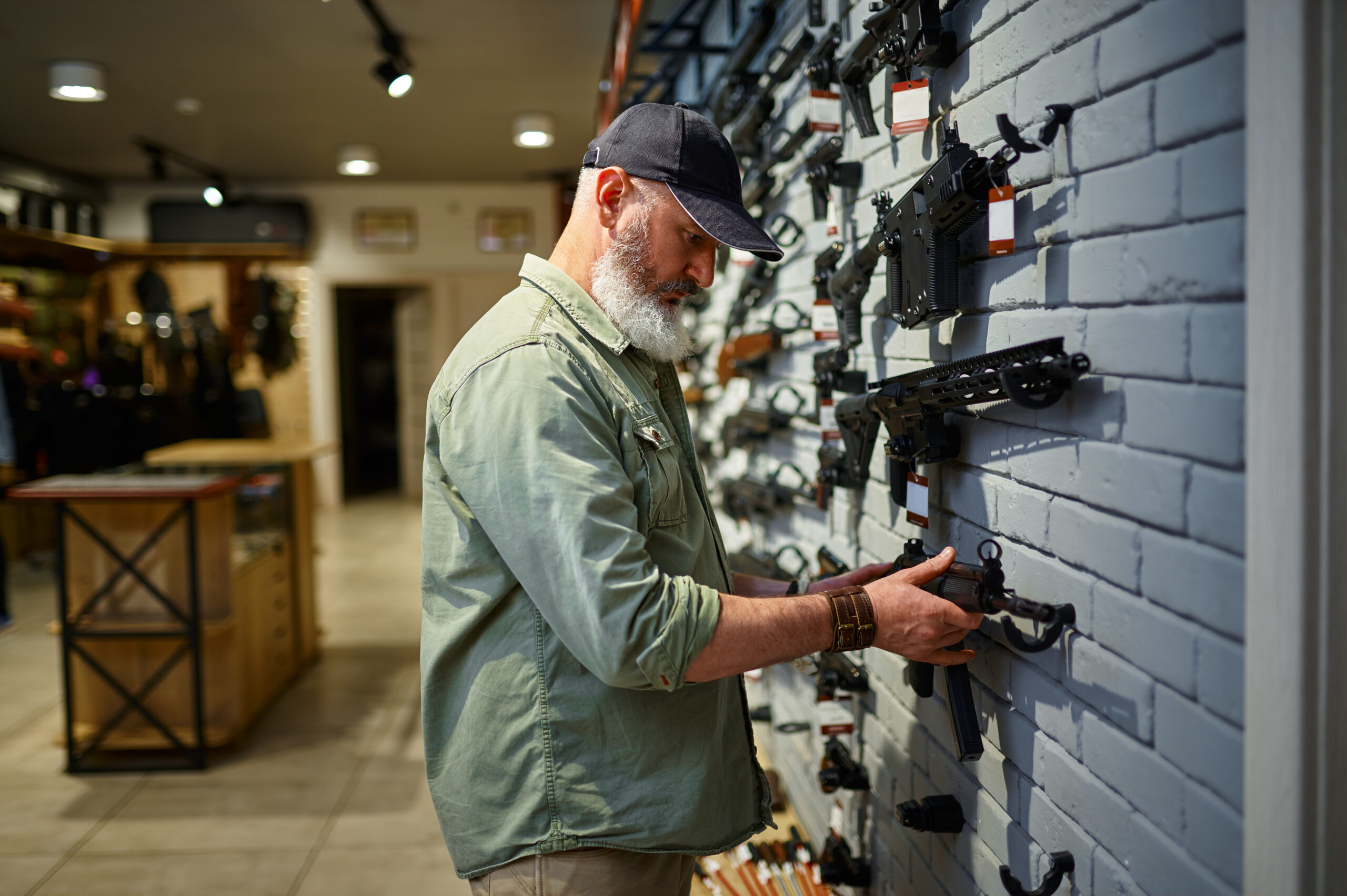While pistol caliber carbines may be all the rage today, there’s nothing new about the idea of a rifle firing a pistol caliber. In the American West, many cowboys and settlers carried a rifle and pistol both firing the .44-40 round, which was a pistol caliber. This allowed the user to carry one type of ammo for defense or hunting. By the late 1800’s, as firearms evolved rapidly, and the leap was made from black powder to smokeless powder, pistol cartridges became progressively more powerful, and the utility of turning the pistols shooting them into short rifles caught on.
Most notably, the C/96 Mauser “Broomhandle” and the Luger could be easily fitted with shoulder stocks, effectively turning them into pistol caliber carbines. By WW1, a number of countries had (or were developing) a pistol caliber carbine. Many of these had a full auto capability, thus making them technically submachine guns, but they were wood stocked guns with shorter barrels, generally firing the standard military pistol round of the adopting country. The US took this idea so far as to make the “Pedersen Device,” which was a device that quickly converted the standard US M1903 Springfield rifle into a semi-auto rifle firing a pistol sized 7.65mm round.
By WW2, the submachine gun had risen to prominence, being popular with soldiers who saw its utility in urban combat, its rapid fire, and their ability to carry more ammunition than a standard full-sized rifle. In the midst of this, the Americans introduced the M-1 Carbine, a full sized (initially semi-auto) rifle firing a pistol caliber. Light and handy, over 6 million were made, being popular with troops well into the Vietnam era.
In the years after WW2, submachine guns continued to be a staple of every military, although many designs were retired as the “assault rifle” took over as the standard weapon issued to all soldiers. However, law enforcement and civilian shooters had an interest in semi-auto versions of military submachine guns. By the late 1970’s, a number of companies started marketing semi-auto versions of their submachine guns to the American civilian market. Uzi carbines, H&K MP5s, and many others were available for the shooter. Not only were these semi-automatic, but they had 16” barrels to comply with US firearms laws.
In 1982 Colt introduced a 9mm version of the AR-15 rifle, both as a submachine gun with a short barrel for law enforcement, and with a 16” barrel in semi-auto for the civilian market. Steyr marketed a 9mm conversion kit for their AUG. The interest was simmering in the civilian market, but it would still take time for it to take off.
One device that sparked a revolution in the civilian firearms market was the “pistol stabilizing brace.” These devices attach to the rear of a pistol length firearm and allow it to be stabilized by the shooter. They essentially allow the shooter to have a more stable shooting platform, without the complication of registering their weapon as a short-barreled rifle with the ATF. Suddenly, a number of companies were taking their standard submachine gun design, making them semi-auto and slapping a brace on it for sale to civilian shooters.
For new shooters, the pistol caliber carbine is also incredibly friendly. Since it’s shooting a pistol caliber, recoil is light. New shooters won’t generally be put off by shooting a 9mm AR platform gun. That, combined with pistol ammunition being generally cheaper than rifle ammo allowed users to shoot more, for less. Pistol calibers are also more widely accepted at ranges, so a pistol caliber carbine can shoot almost anywhere.
For defense, the pistol caliber carbine is also extremely handy. It’s light, portable, and loaded with quality self defense ammo can provide excellent protection in a home defense situation. Pistol caliber rounds will generally not penetrate walls and other obstacles as much as rifle rounds, making it potentially safer for use in a home defense situation, where overpenetration is an issue.
While the market may seem flooded with them right now, they’re not a new concept, and will probably be a staple for the civilian shooter for years to come.











